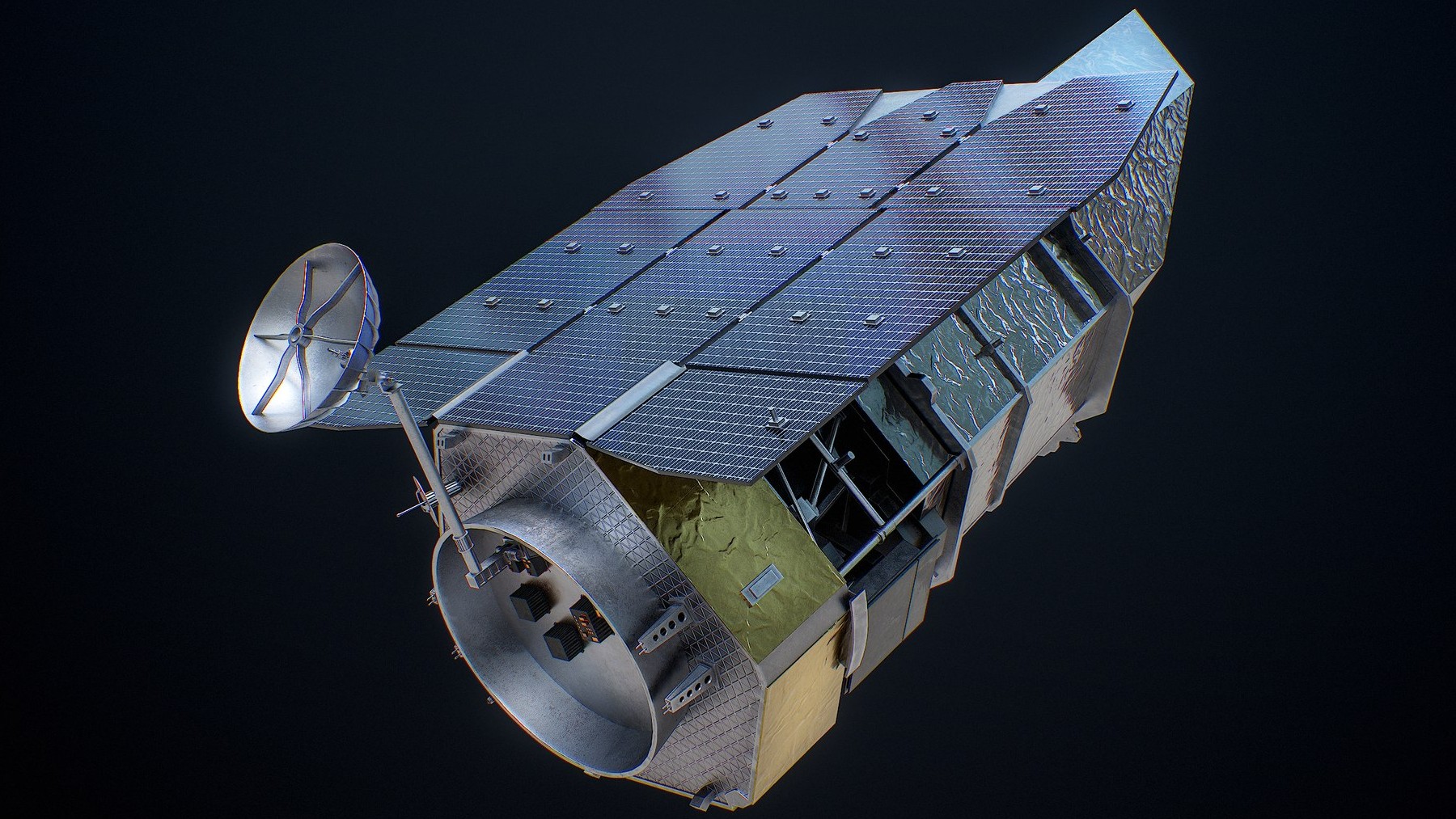The hopes of all researchers are pinned on NASA’s Nancy Grace Roman Space Telescope. It is a space telescope capable of collecting data that so far other devices have not been able to collect, and which has come to be considered a gold mine by the assistant professor at Baylor University in Waco, Benjamin Rose, who led a study on the results published in The Astrophysical Journal.
The main study of the telescope is to study the explosions of stars, mainly those called type Ia supernovae, which would allow measuring cosmic distances and tracing the expansion of the universe. Roman is expected to be able to detect some 60,000 core-collapse supernovae, which are not as useful as Ia supernovae in the study of dark energy, but whose signal is similarly seen from the middle of the cosmos.
Rebekah Hounsell, an assistant research scientist at the University of Maryland-Baltimore County who works at NASA’s Goddard Space Flight Center in Greenbelt, Maryland and co-author of the study, stated “By looking at the way an object’s light changes over time and breaking it down into spectra – individual colors with patterns that reveal information about the object emitting the light – we can distinguish between all the different types of flashes Roman will see.” As if the amount of information this telescope will be able to provide to researchers were not enough, Roman will also be able to see the object’s light.
Nancy Grace Roman Space Telescope
Abbreviated as the Roman Telescope, this is NASA’s latest observatory designed to study dark energy, infrared astrophysics and exoplanets. Unlike other observatories or telescopes, this one will have the capability to observe vast regions of the universe in great detail. It is scheduled to begin scientific operations in 2027. Scientists expect it to be able to reveal more than 100,000 celestial explosions, from black holes to stars. According to assistant professor at Baylor University in Waco, Texas, Benjamin Rose, “Whether you want to explore dark energy, dying stars, galactic power centers or even totally new things we’ve never seen before, this survey will be a gold mine”.
What is expected to be found?
All the information collected by the observatory will be more than useful, but mainly it is expected to find type Ia supernovae. These cataclysms are the ones that allow us to determine cosmic distances and determine the expansion of the universe. So far, it has been able to see such stars, but Roman will be able to detect more than 27,000. In addition, it is expected to be able to detect more distant type Ia supernovae, which will give more information about the expansion of the universe. The evidence is mounting that dark energy has changed over time, and Roman will help us understand that change by exploring cosmic history in ways that other telescopes cannot,” Rose said.
Another process from which information is expected to be received is tidal disturbances. Scientists explain that this is a glow caused by the approach of a star to a black hole. Roman is expected to reveal approximately 40 tidal disruption events, which will provide more and better information to understand how black holes work. Think that’s enough information? Not really. Roman is also expected to detect the moment when two neutron stars collide, an event called a kilonovae. So far only 1 has been detected, 5 more are expected to be seen.
At present, scientists have not been able to determine the origin of kilonovae. They are not sure whether they originate from a single neutron star, a black hole or something totally unknown that has nothing to do with it.
What would these discoveries mean?
The amount of information that Roman will provide is not limited to the above. Scientists have high hopes for this NASA observatory, as it could help them to better understand the workings of the universe, dark energy and the role that stars have played over the millions of years of space.
Find out what scientists have discovered through the James Webb Telescope!





